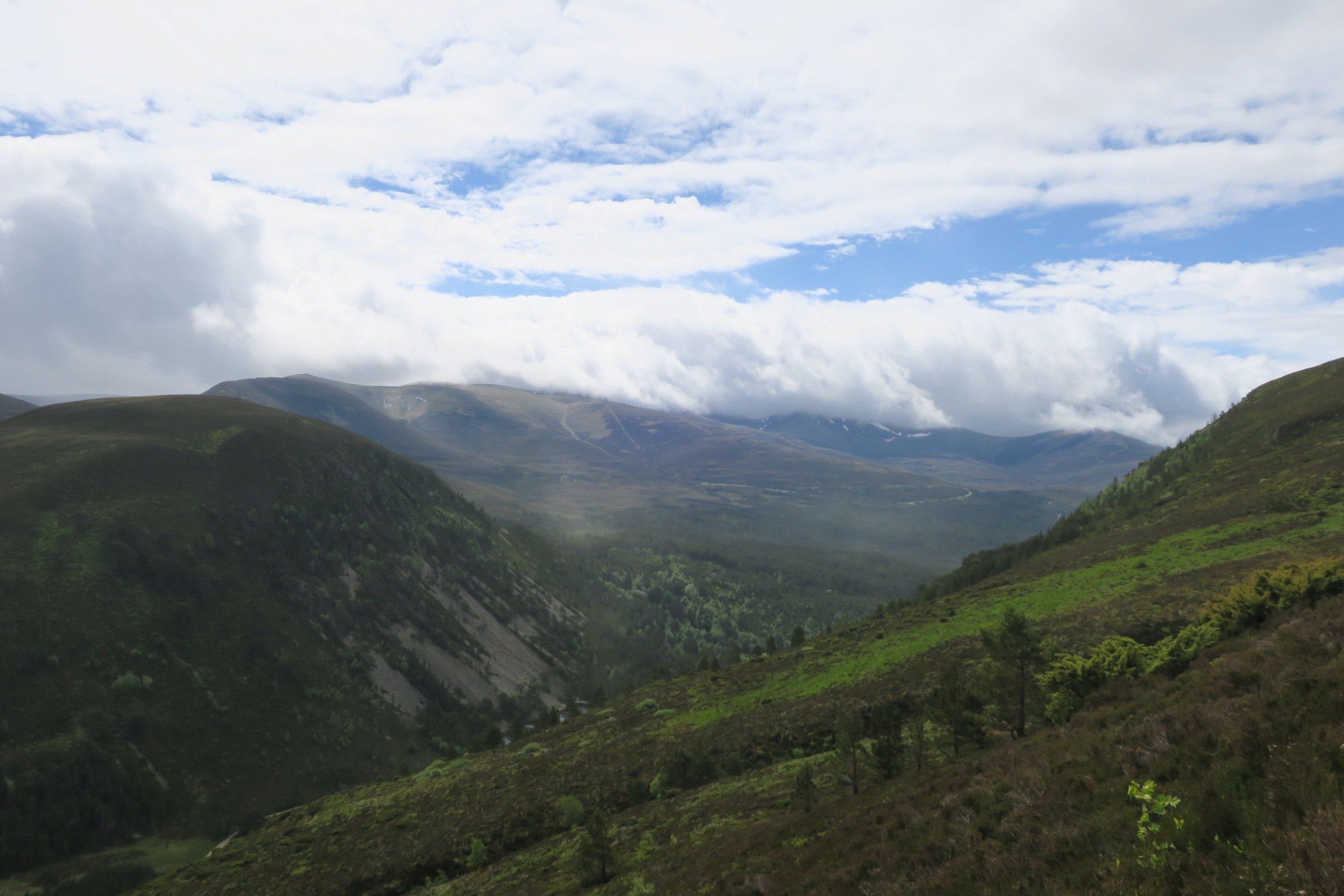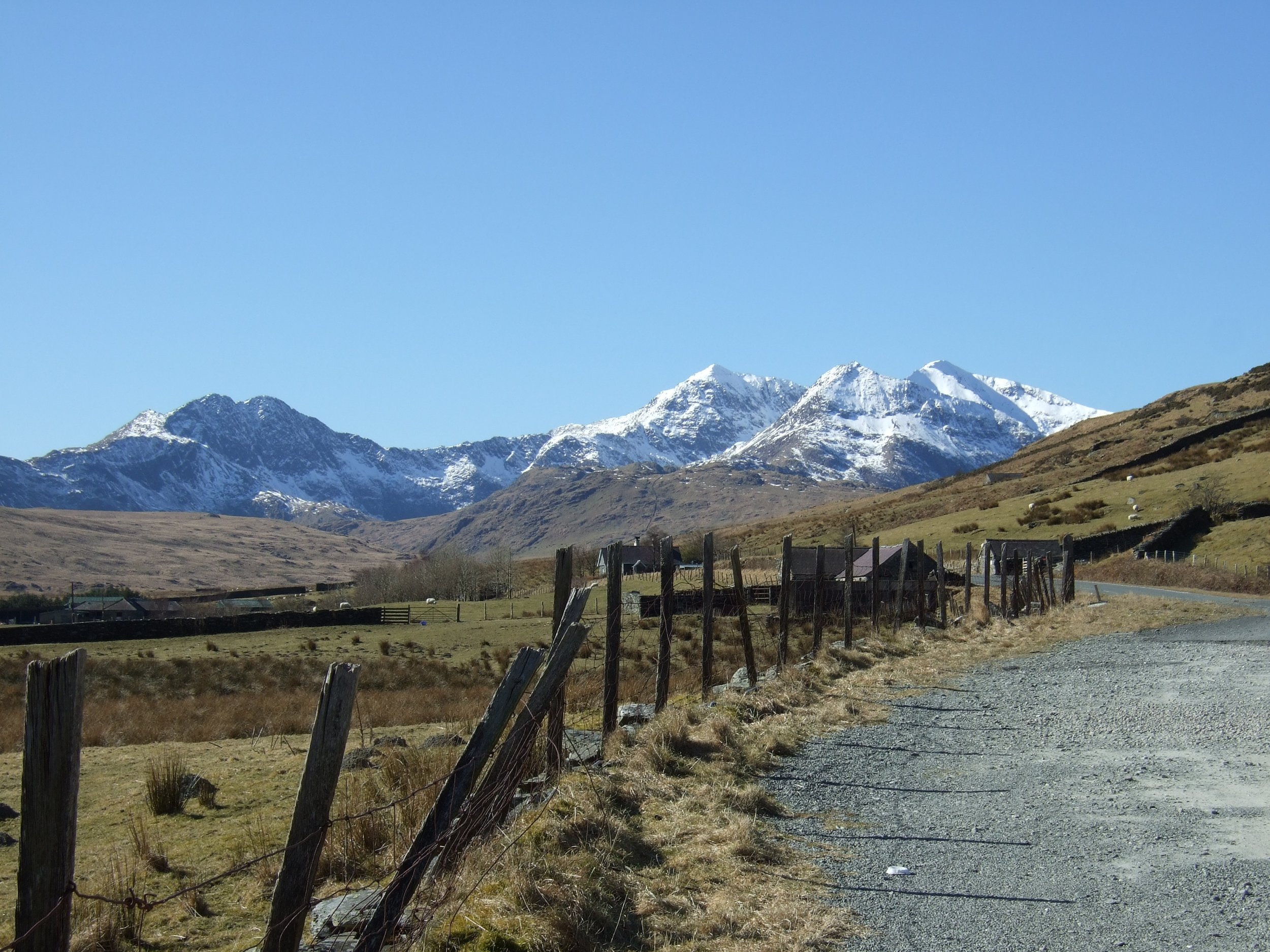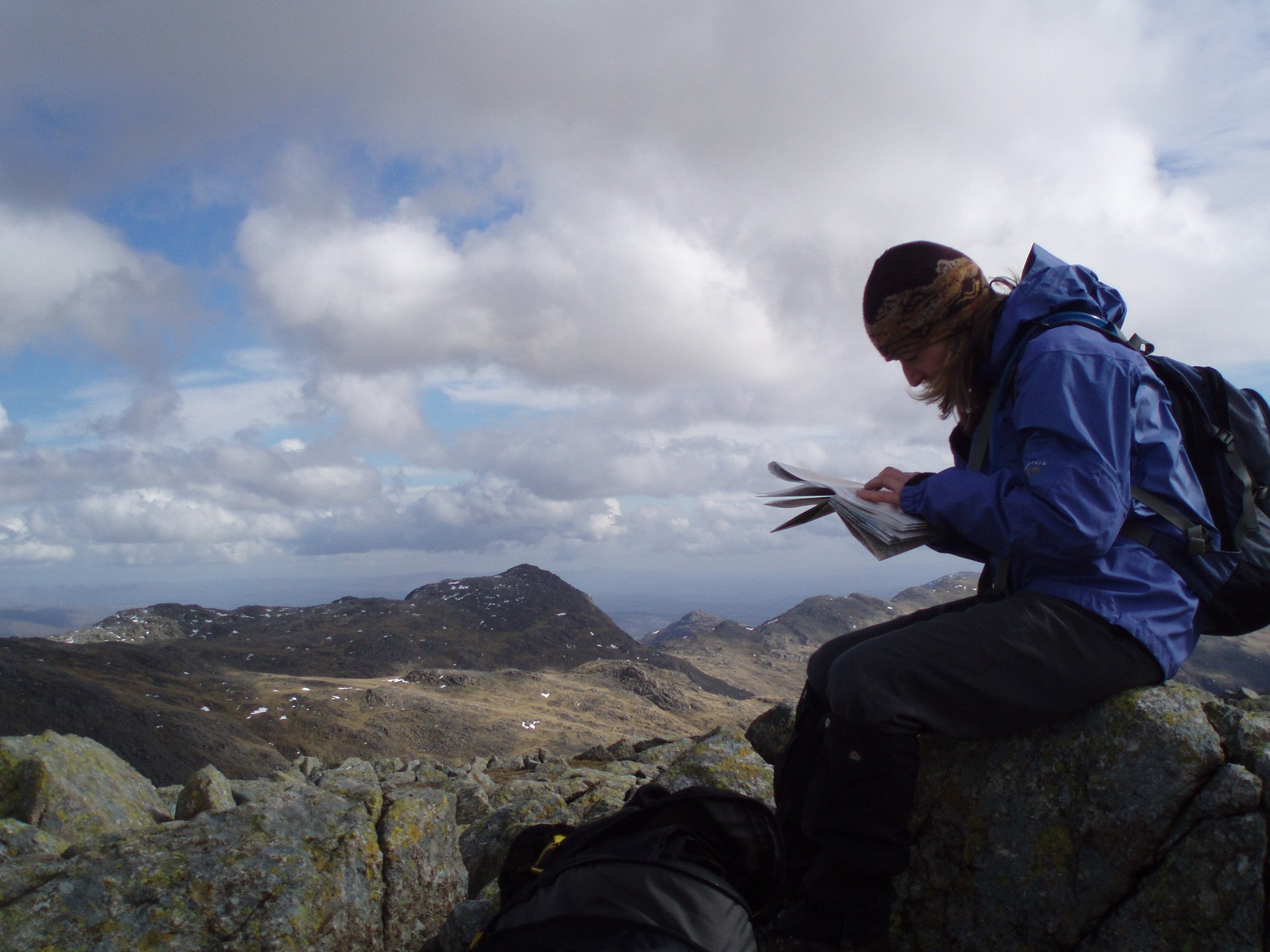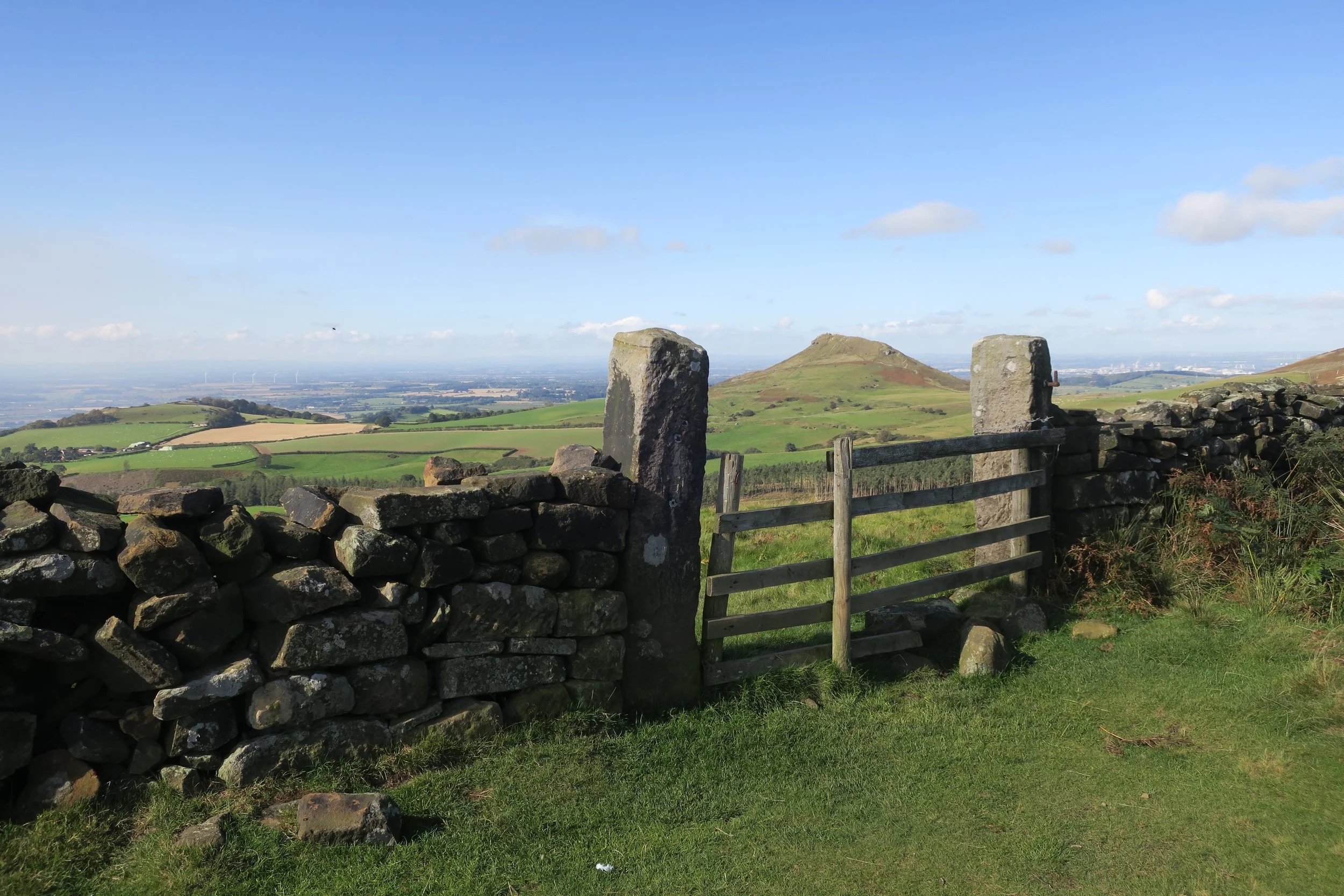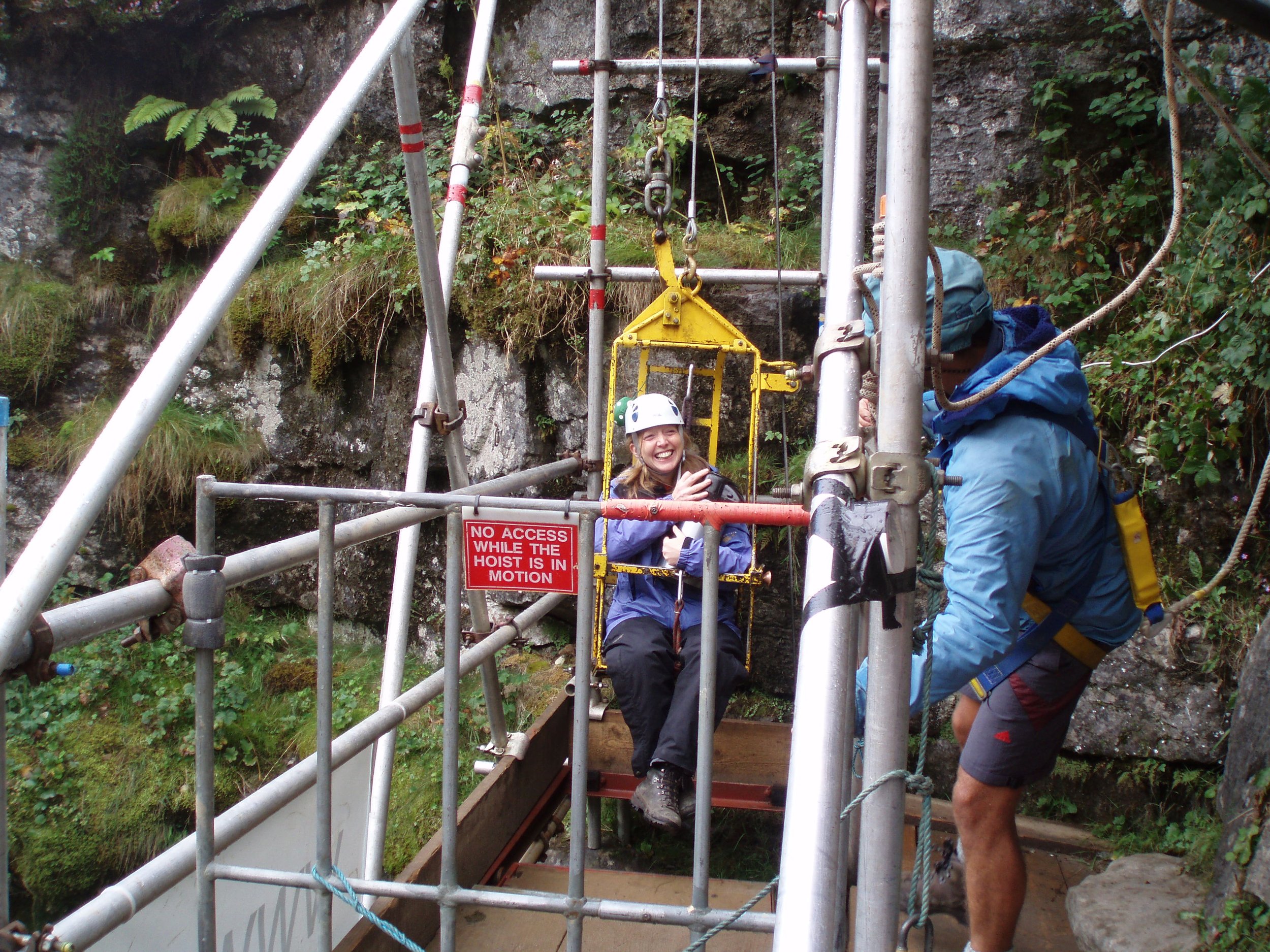15 adventures in the UK’s National Parks
Dale Head, Lake District National Park
How many National Parks can you name in the UK?
Go on, have a guess before scrolling down 😉
I’ve visited a fair few and thought I was pretty clued up. But I was gobsmacked recently to learn we have 15 of them.
Ten are in England, three in Wales, and two in Scotland.
Each is a protected landscape because of its special qualities. And, for those of us who love the outdoors, they include thousands of miles of public rights of way.
Here’s where you can find them:
The UK National Parks in alphabetical order
Brecon Beacons
Broads
Cairngorms
Dartmoor
Eryri (Snowdonia)
Exmoor
Lake District
Loch Lomond & The Trossachs
New Forest
North York Moors
Northumberland
Peak District
Pembrokeshire Coast
South Downs
Yorkshire Dales
A little background about the UK’s National Parks
The Peak District was the first area to be designated as a National Park in 1951. Nine more then followed by the end of that decade.
Each National Park is administered by its own authority, and funded by central government. The authorities have members of paid staff, including rangers, guides, and office workers who cover admin and planning. But they also have active volunteers doing jobs such as fixing fences and walls, surveying wildlife, and leading guided walks.
If you love being outdoors, you’ll know that National Parks are our playground. You’ll come across lots of active pursuits such as hiking, climbing, and cycling, along with adrenaline fuelled fun. But you can also do more peaceful pastimes such as birdwatching, stargazing, and mindfulness retreats.
I know a couple of National Parks like the back of my hand. But I’ve discovered a few new areas, or ones I’ve visited only as a young child. It’s been interesting delving into the activities each area is known for.
I’d need to write 15 individual blog posts to cover everything. Truthfully, it would mean entire websites for each, so I urge you to check the National Park and official tourism sites for full details.
This blog post is a summary which will give a starting point. It shares where these beautiful areas are located, and enough information to investigate more.
1. Stargazing in the Brecon Beacons, Wales
The Brecon Beacons National Park covers an area of 520 square miles on the border between Mid Wales and South Wales. It includes four mountain ranges: the Black Mountains, the Central Beacons, Fforest Fawr, and the Black Mountain.
It’s an International Dark Sky Reserve, meaning the national park area is amazing for stargazing.
The National Park website also has a great page on local walks, split into five different grades. Pick Grade 1 for the easiest, and Grade 5 to find routes with steep gradients and exposed sections.
2. Boating on the Broads
The Broads, located in Norfolk and Suffolk, is home to over a quarter of the UK’s rarest animals and plants. In medieval times, the area was dug out for peat fuel, and these diggings flooded in the 14th century.
It’s left a network of rivers and lakes and over 125 miles of lock free waterways. Because of this, the Broads is a hugely popular area for boating holidays.
Cycling UK have also created a mostly flat bikepacking trail around Norfolk. The Rebellion Way covers 232 miles on back roads, cycle paths, and bridleways.
3. Skiing in the Cairngorms
The Cairngorms National Park is in northeast Scotland. It covers the Cairngorms range of mountains and is the UK’s largest National Park. The area has an incredible landscape from wild mountains and heather moorlands, through to forests and lowland habitat.
It’s an outdoor lover’s playground. The Cairngorms National Park website has an overview of the activities available but head to Visit Cairngorms for more detail.
Scotland’s National Outdoor Training Centre, Glenmore Lodge, is located here. There are also three ski centres in the Cairngorms, covering 30km of ski trails. And, gravel biking is increasing in popularity in the area.
Cairngorms National Park
4. Wild camping in Dartmoor
Dartmoor is renowned for its wild, open moorlands, granite tors, and rare wildlife. It’s located in the county of Devon, and covers 368 square miles. The Hound of the Baskervilles, a Sherlock Holmes novel by Arthur Conan Doyle was set in Dartmoor.
There are plenty of outdoor activities here, including climbing, caving, walking, kayaking and cycling. But it’s perhaps best known for being the only place in England where you can wild camp legally. There’s been controversy around this in recent times, but the Court of Appeal ruled in favour of wild camping in July 2023.
The Dartmoor National Park website has an interactive map of where you can wild camp. It also has a code of practice to follow for leaving no trace.
5. Climbing Wales’s highest mountain in Snowdonia
Snowdonia is based in northwest Wales, and covers a total of 823 square miles. It’s full of history from the years of slate mining. Remains of the slate quarries can be seen all over the area and the National Slate Museum can be found in Llanberis.
The obvious attraction in Snowdonia is the highest mountain in Wales. Standing at 3,560ft (1,085m), you can walk up Snowdon via several different routes. The airy Crib Goch is a knife-edged arete and Grade 1 scramble to the summit. The Llanberis Path is less exposed but still a strenuous walk of 9 miles (approx 7 hours).
Snowdonia has a multitude of outdoor activities. You can walk up mountains, go climbing, do water sports, and so much more. The National Outdoor Centre, Plas y Brenin is located in the National Park. And for a touch of extra adrenaline, visit the fastest zip line in the world.
Snowdon, Wales
6. Coastal walking in Exmoor
Exmoor is located in west Somerset and North Devon. The National Park was Europe’s first Dark Sky Reserve, making it a great stargazing area. It’s an area of hilly open moorland and beautiful coastline, covering 267.5 square miles.
The National Park is famous for its wild ponies and a host of outdoor activities, including mountain biking on over 400 miles of bridleways. Walking routes are varied, and even include a couple of long distance paths passing through: the South West Coast Path and the Coleridge Way.
Porlock Vale is a great area, close to the coast and on the edge of heather clad hills. There are plenty of walks around Porlock Weir some of which take you along the shingle beach. And there are some great places to stop for a cuppa!
7. Cliff camping in the Lake District
The Lake District National Park in northwest England is arguably the best known in the UK. It’s a mountainous region covering 912 square miles, and a popular holiday destination. There are 16 bodies of water listed in the national park, but technically only Bassenthwaite is classed as a lake. The others are meres or waters.
The Lake District is home to England’s highest mountain Scafell Pike 3,209ft (978m). The national park is England’s adventure capital, so you’ll find a huge range of activities in the Lakes.
But for some off-beat adrenaline fun, head to Honister Slate Mine where you can do cliff camping, canyoning, and Via Ferrata.
Map reading while descending Scafell Pike, Lake District
8. Gravel riding in Loch Lomond and the Trossachs
Covering an area of 720 square miles, Loch Lomond and The Trossachs National Park has 21 Munros (Scottish mountains over 3,000 ft). You’ll find diverse wildlife here, from red squirrel, highland cattle and red deer, through to otter, harbour porpoise, and common seal. There are two RSPB reserves where you can spot Ospreys and Golden Eagles.
The national park is an adventure lover’s playground with a whole range of activities. Wild camping is permissible, but there is a camping management zone covering some areas between March and September.
The West Highland Way route goes alongside the eastern shore of Loch Lomond. And Aberfoyle is a fabulous area for gravel riding with way marked routes. They also host the annual Dukes Weekender event.
9. Discovering wildlife and nature in the New Forest
Based in southern England, the New Forest National Park is known for heathland, forest trails, and native ponies. It covers an area of 219 square miles and has everything from watersports, through to cycling, archery, and walking.
With over 3,000 New Forest Ponies roaming the landscape, it’s a great place to enjoy by saddleback. There’s also 40 miles of coastline, with salt marshes, sand, and seabirds.
The New Forest is an important location for nature and conservation. The open heathland make it home to rare species of plants and wildlife. Wild New Forest offer guided wildlife walks within the New Forest National Park.
10. Hunting for fossils in the North York Moors
The North York Moors National Park covers 554 square miles, including 26 miles of coastline. It has 44,000 hectares of heather moorland but there are plenty of woodland areas too (around 23% to be exact).
The 109-mile Cleveland Way National Trail goes around the North York Moors. And there are other long distance walks going through the area. With miles of off-road cycling tracks and three dedicated cycling centres, it’s a great place for cyclists too.
The rocks and cliffs along the coastline were formed around 180 million years ago in the Jurassic period. It’s made it a great place to find fossils on the North York Moor beaches, especially ammonites.
Rosebury Topping, North York Moors
11. Walking in the footsteps of the Romans in Northumberland
Northumberland national park covers 410 square miles and is located between the Scottish border in the north to just south of Hadrian’s Wall. It’s one of the least populated and quietest national parks, with stunning scenery and rare wildlife.
Northumberland has the largest protected Dark Sky Park in Europe, with viewing platforms located all across the area. And, four of the UK’s cleanest rivers are here. If you’d like to learn more about the natural environment, visit The Sill landscape discovery centre.
Walking is the most popular activity for visitors to Northumberland. Open access land covers 72% of the national park, and the mighty Cheviot hills straddle the border with Scotland. But you can still do plenty of other outdoor activities, including cycling and climbing.
12. Gritstone climbing in the Peak District
The Peak District is one of the UK’s most visited national parks. It’s located in central England and covers around 555 square miles.
My blog post, 10 of the best outdoor activities in the Peak District, contains lots of ideas for you to explore.
The area is well known for climbing and many climbers choose to study at the universities in nearby Sheffield for that very reason. There are over 10,000 gritstone routes recorded in the Peak District. Popular locations include Stanage Edge, Froggatt Edge, and Burbage. But there are also lots of iconic limestone climbing areas too.
If you’re not an experienced climber, book a climbing session with an qualified activity provider such as Peak Mountaineering or Pure Outdoor.
To check out other activities, head to the Visit Peak District website.
Gritstone climbing at Burbage North, Peak District National Park
13. Coasteering on the Pembrokeshire Coast
The Pembrokeshire Coast is located in west Wales and covers 240 square miles. It’s recognised as having international importance for a wide range of natural habitats and rare species. Interestingly, it’s the only UK National Park designated primarily for it’s coastal landscape.
The coastline is backed by hills, and it has over 600 miles of public footpaths and bridleways. If you’re looking for a long distance trail, the Pembrokeshire Coast Path runs for 186 miles.
There’s also iconic climbing and high energy watersports here. Active in Pembrokeshire from Visit Wales has some great information. Coasteering was pioneered in Pembrokeshire, so if you fancy an adrenaline filled adventure along the foreshore, this ones’s for you!
14. Long distance mountain biking in the South Downs
The South Downs National Park has rolling hills, heathland, river valleys, woodland, and the iconic white cliffs of the Heritage Coast. Located in the south of England, the National Park covers 260 square miles.
Outdoor adventures range from hiking and off-road cycling, through to paddle boarding and kayaking. The South Downs Way is a 100-mile walking route following old tracks and drove ways along the ridge of the chalk Downs. Other walking trails in the South Downs can be found on the National Park website.
It’s also possible to ride the South Downs Way on a mountain bike. It has 12,600ft of ascent (3,800m) and normally takes 2-4 days to ride.
15. Seeing Gaping Gill in the Yorkshire Dales
Last but not least is the Yorkshire Dales National Park. Straddling the central Pennines, it covers 841 square miles.
The National Park has an abundance of waterfalls. Hardraw Force at 100ft high is England’s largest drop waterfall. But there are smaller waterfalls too, such as Janet’s Foss in Malhamdale. And you can find plenty of wild swimming spots in the Yorkshire Dales.
The Yorkshire Dales has a huge history of climbing, especially at Malham Cove and Kilnsey Crag. In recent years, since the Tour de France Grand Depart, and Le Tour de Yorkshire, it’s also become well-known for cycling.
There are over 600 miles of bridleways and byways for mountain biking. And, if you’re looking for an easy mountain bike route in Swaledale, The Swale Trail is a great 12-mile option.
I’m biased as I grew up in the Yorkshire Dales, But I’ve only scratched the surface so far!
Walking in the Yorkshire Dales is very popular and the National Park Authority has a free walking app. Or you could tackle the Yorkshire Three Peaks challenge. There are hundreds of shorter walks amongst the iconic limestone crags, dry stone walls, and barns. But, if you want to go faster, have a go at fell running. It’s iconic here and often a feature of the annual agricultural shows.
The most extensive caving area in the UK is in the Yorkshire Dales - the Three Counties System. And one of the largest caverns and highest unbroken underground waterfalls is at Gaping Gill. Twice a year, you can go down there on a winch. Bradford Pothole Club set it up in May, and Craven Pothole Club in August.
Being winched into Gaping Gill, Yorkshire Dales
With so much choice across the 15 National Parks, it’s difficult to cover everything. If you have recommendations you’d like to share, feel free to drop a comment below.
Get new adventures sent directly to your inbox. Emails usually go out every other week.
SIGN UP TO MY NEWSLETTER
Before you go…
I’ve always wanted to keep this website ad-free but web hosting and developing new content costs money, meaning I’m paying out instead of earning from the site. So, if you’ve enjoyed this post, been inspired, grabbed a route GPX download, or found something helpful, maybe you’d like to buy me a cuppa via Ko-fi. You don’t have to, but thank you if you can 🙏
Outdoor-Girl is run by Jacquie Budd, an outdoor adventure and marketing content writer for brands that care about their impact on people and the planet.

